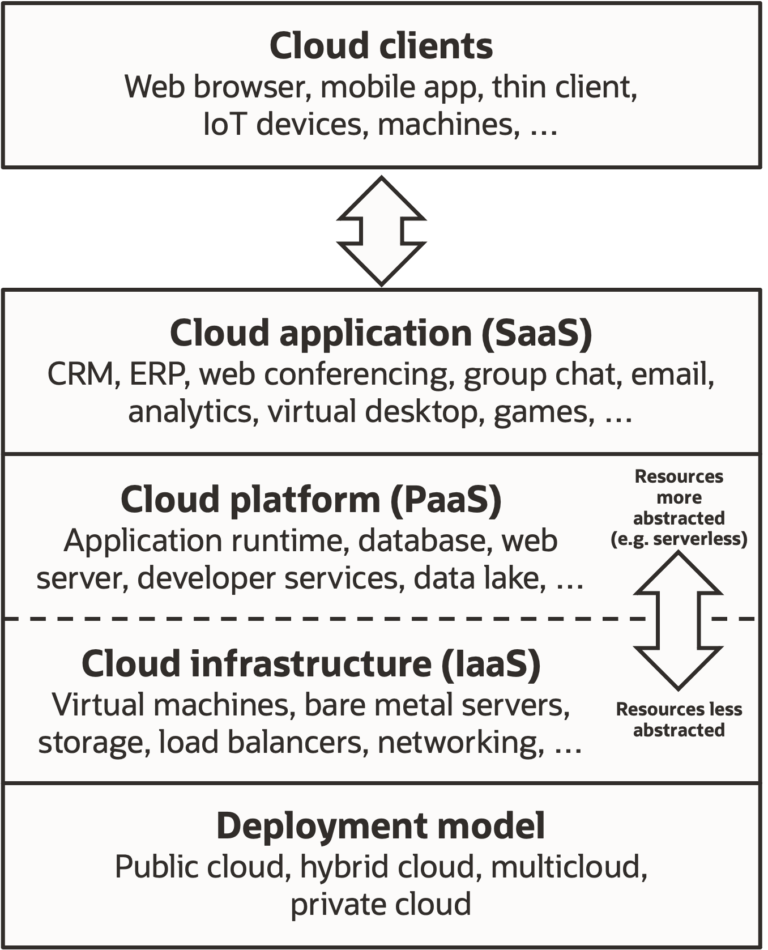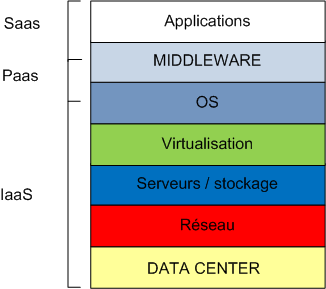In our digitally-driven world, cloud computing stands as the bedrock of technological innovation and business expansion. Its pervasive influence across industries has led to the emergence of highly sought-after cloud computing jobs. This article dives into the promising landscape of these careers, exploring the skills necessary to thrive and offering guidance on how aspiring professionals can unlock the full potential of cloud computing.
Today, cloud technology is pivotal in propelling technological advancements and business growth. Its role is akin to a strong support system that facilitates various technological endeavors. As organizations from diverse sectors adopt cloud solutions to streamline operations and gain a competitive edge, the demand for skilled cloud computing professionals is skyrocketing. Cloud architects, engineers, security specialists, and data analysts are becoming the new stars of the job market, each contributing uniquely to the dynamic cloud ecosystem.
The evolution of cloud computing is redefining traditional IT roles. In the past, IT jobs primarily revolved around computer maintenance and network setup. However, the cloud’s influence has blurred these boundaries, creating a fusion of roles and opening doors to innovative opportunities. This shift has given rise to a new era of challenges and prospects for IT professionals, encouraging them to upskill and adapt to the transforming technological landscape.
Looking forward, the future of cloud computing jobs holds diverse avenues for exploration. Cloud architects design and plan scalable and secure cloud infrastructures. Cloud engineers bring these designs to life, ensuring seamless operations. Cloud security specialists protect digital assets from cyber threats. Cloud data analysts derive insights from vast data sets. Cloud DevOps engineers bridge development and operations, facilitating efficiency.
To flourish in this evolving field, aspirants must cultivate a unique set of skills. Technical prowess in leading cloud platforms like AWS, Azure, and Google Cloud is foundational. Proficiency in containerization tools such as Docker and Kubernetes is invaluable, while expertise in cloud security and compliance is in high demand. Developing soft skills like communication, problem-solving, and adaptability is equally vital.
Networking within the cloud computing community and staying abreast of industry trends are crucial for continual growth. By adhering to these insights, aspiring cloud computing professionals can navigate challenges, harness opportunities, and establish themselves as key players in the exciting and ever-evolving world of cloud technology.



